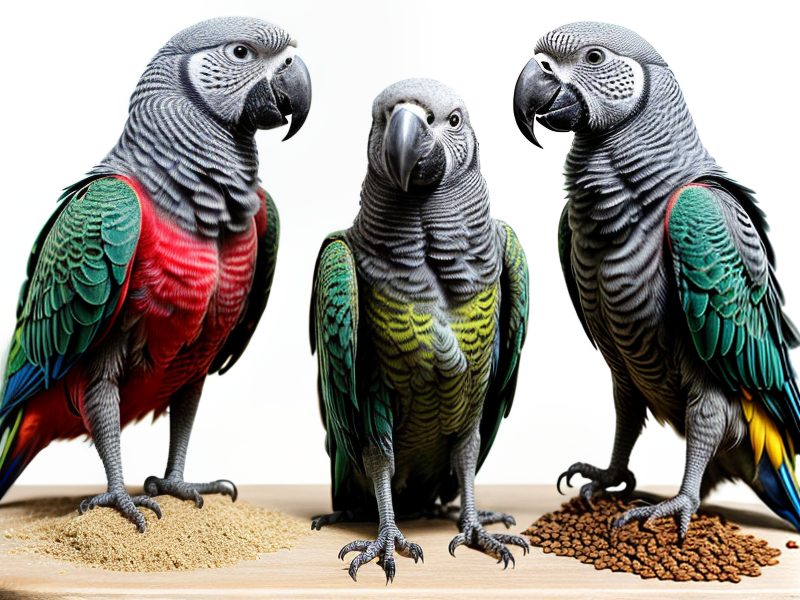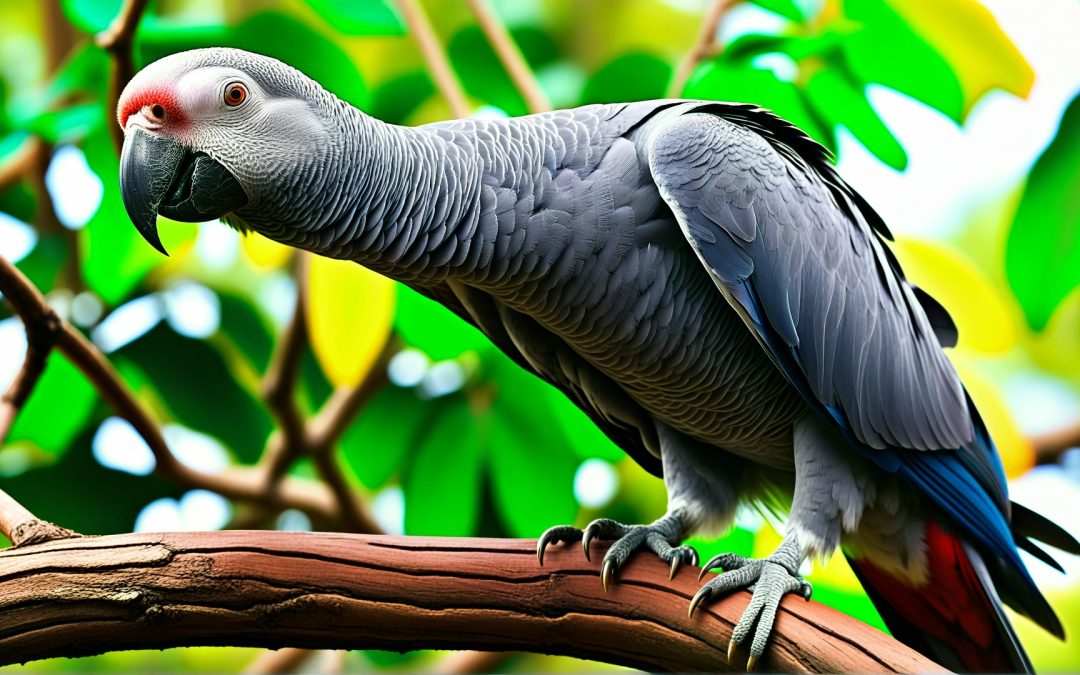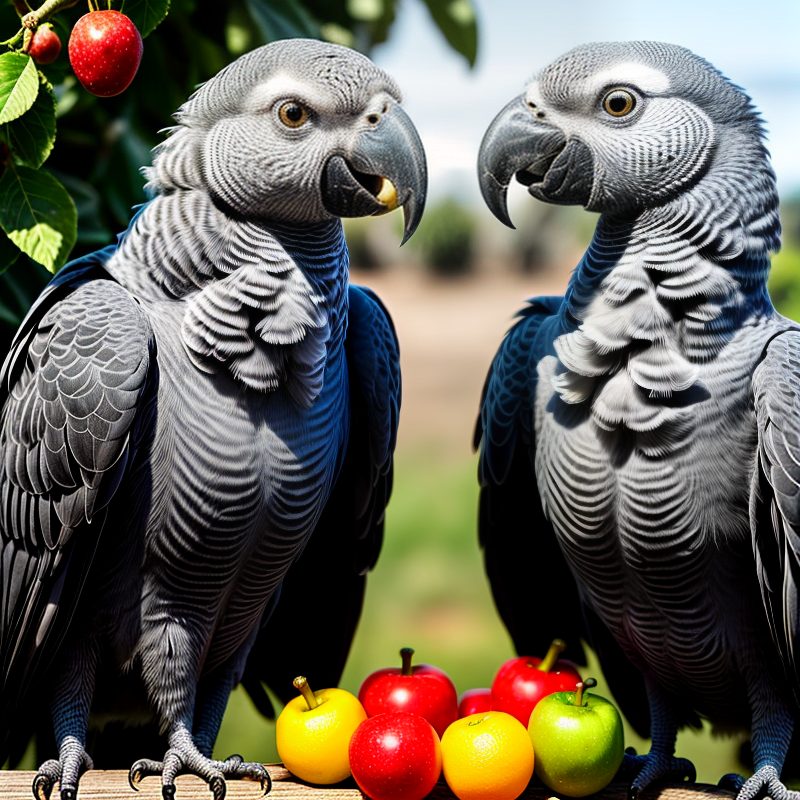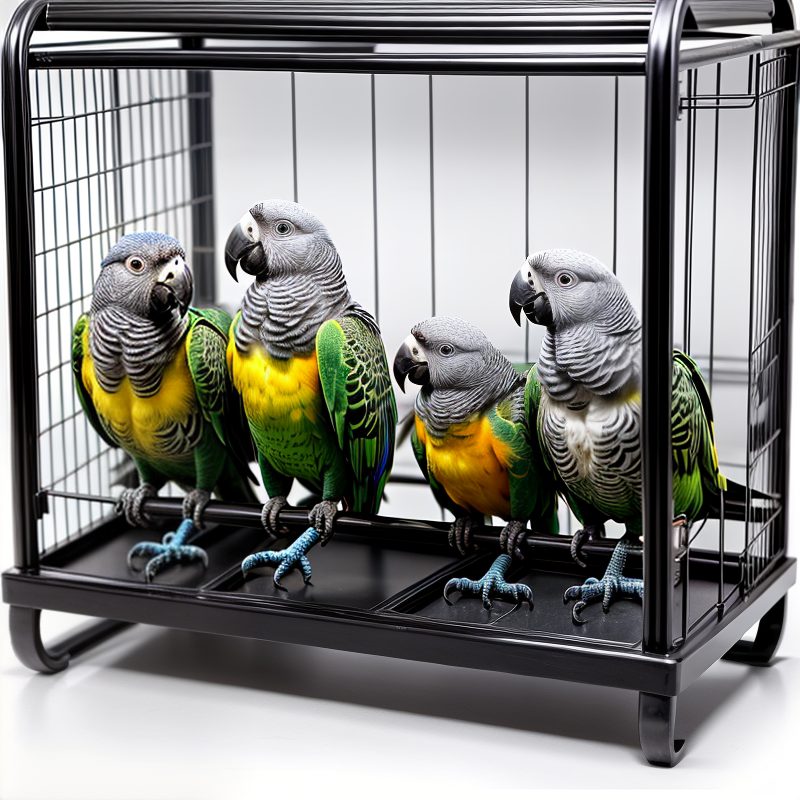Understanding African Grey Parrots
Comprehensive Guide to African Grey Care and Feeding
African Grey Parrots are known for their exceptional intelligence and captivating personalities. Owning one of these magnificent birds can be an incredibly rewarding experience, but it also comes with a great deal of responsibility. Proper care and feeding are essential to ensure your African Grey thrives in a domestic environment. This guide will cover everything you need to know about caring for and feeding your African Grey Parrot.
Understanding African Grey Parrots
Characteristics
African Grey Parrots are medium-sized birds, renowned for their cognitive abilities and mimicking skills. They can live up to 50-60 years with proper care, making them a long-term commitment. There are two primary subspecies:
- Congo African Grey (Psittacus erithacus erithacus): Larger, with light grey feathers and a bright red tail.
- Timneh African Grey (Psittacus erithacus timneh): Smaller, darker grey, with a maroon tail and a slightly lighter beak.
Behavioral Traits
African Greys are social creatures and require a lot of mental stimulation. They are known for forming strong bonds with their owners and can become stressed or depressed if left alone for long periods. Regular interaction and enrichment are crucial for their well-being.
Housing Your African Grey
Cage Requirements
A spacious cage is essential for an African Grey to stretch its wings and move around comfortably. The cage should be at least 24x24x36 inches, with bars spaced no more than 3/4 inch apart to prevent accidents.
- Cage Location: Place the cage in a quiet, secure area where the bird can observe family activities but isn’t exposed to constant noise or drafts.
- Perches: Provide various perches of different diameters and textures to promote foot health.
- Toys: Include a variety of toys for mental stimulation, such as puzzles, chew toys, and swings. Rotate toys regularly to keep the bird engaged.
Cleanliness
Maintaining a clean environment is crucial to prevent diseases. Clean the cage and replace the substrate at least once a week. Wash food and water dishes daily.
Feeding Your African Grey
Basic Diet
African Grey Parrots require a balanced diet to maintain their health. A combination of high-quality pellets, fresh fruits, and vegetables is ideal.
- Pellets: Should constitute about 70-80% of the diet. Choose a pellet brand specifically formulated for African Greys, providing essential vitamins and minerals.
- Fresh Foods: Incorporate a variety of fresh fruits and vegetables daily. Safe options include apples, carrots, spinach, and bell peppers. Avoid avocado, chocolate, caffeine, and alcohol, as these are toxic to birds.
Additional Nutritional Needs
- Calcium: Essential for bone health. Provide cuttlebone or mineral blocks.
- Protein: Offer cooked legumes, eggs, or occasional small pieces of cooked chicken.
- Hydration: Always have fresh water available. Consider offering water in both a dish and a water bottle.
Health Care
Regular Check-ups
Regular vet visits are essential. Find an avian veterinarian experienced with African Greys. Annual check-ups can help detect potential health issues early.
Common Health Issues
- Feather Plucking: Often a sign of stress or illness. Ensure the bird has enough mental stimulation and consult a vet if this behavior occurs.
- Respiratory Infections: Symptoms include sneezing, nasal discharge, and breathing difficulties. Immediate veterinary care is needed.
Emergency Preparedness
Have a basic first aid kit for your bird and know the location of the nearest avian emergency clinic.
Socialization and Training
Interaction
Spend at least 1-2 hours a day interacting with your African Grey. They thrive on social interaction and mental challenges.
Training
Positive reinforcement training is effective. Teach basic commands like “step up” and “step down” and gradually move to more complex tricks. Training sessions should be short and consistent.
Enrichment
Mental Stimulation
Provide puzzle toys, foraging activities, and teach new words or sounds to keep their highly intelligent minds engaged.
Physical Exercise
Allow your African Grey time outside the cage daily for exercise. Supervised flight or playtime on a play gym can help keep them physically fit.
Conclusion
Caring for an African Grey Parrot is a rewarding but demanding task. With proper housing, a balanced diet, regular health care, and plenty of social interaction and enrichment, your African Grey can live a happy and healthy life. Investing time and effort into understanding their needs will ensure a strong, loving bond with your feathered companion for years to come.
By following this comprehensive care and feeding guide, you can provide your African Grey Parrot with the best possible environment to thrive and flourish.
Explore Our African Grey Parrot Gallery
African Grey Parrots in Action
Top Supplies for African Grey Parrots

Premium Parrot Cage
This spacious and durable cage provides a safe and comfortable environment for your African Grey Parrot. It features multiple perches, feeding stations, and a secure locking system.
Stainless Steel Food Bowls
Interactive Parrot Toys
Natural Wood Perches
Vitamin-Enriched Parrot Food

Deluxe Parrot Play Stand
Encourage your African Grey Parrot to exercise and play with this versatile play stand, equipped with ladders, swings, and feeding cups.
Calcium Enrichment Blocks
Parrot Training Clicker
Bird Bath Spray
Parrot Harness and Leash
Discover Your Perfect African Grey Parrot
Explore our selection of African Grey Parrots and find the perfect companion for your home. Browse our range of high-quality parrot supplies to ensure your new friend has everything they need.





